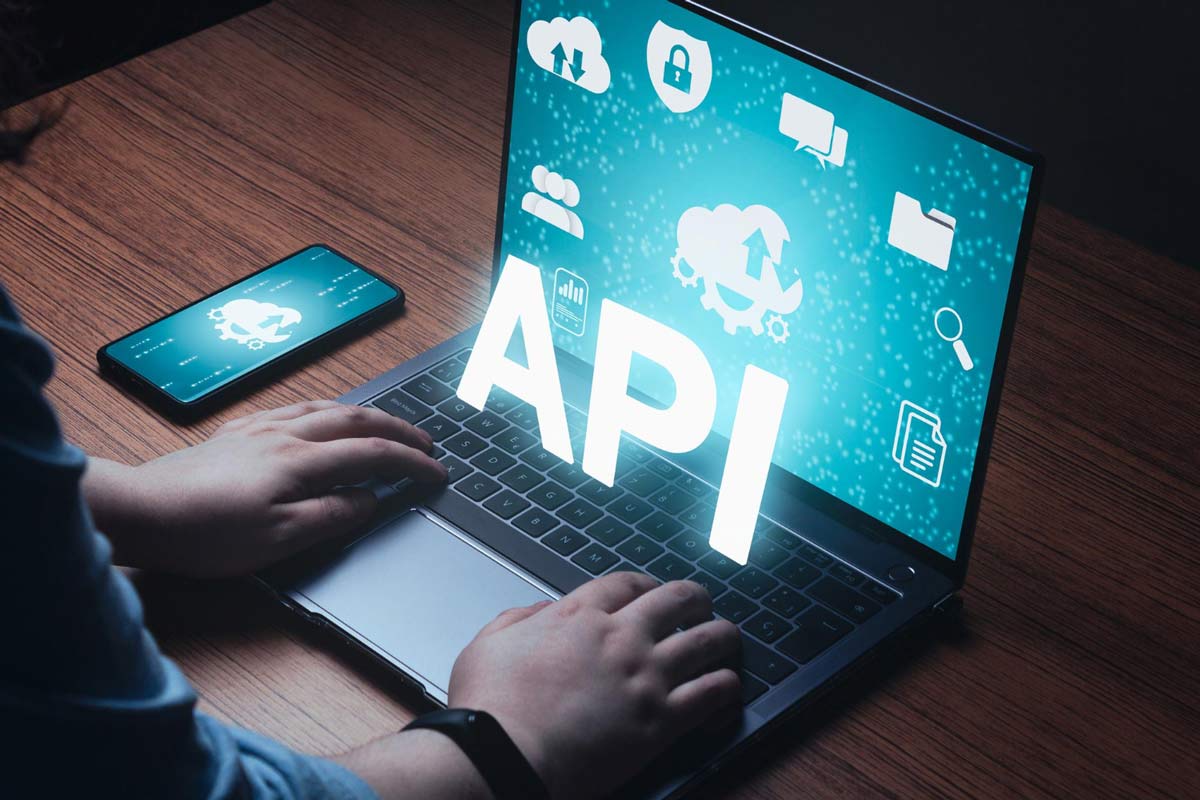How Can API Monitoring Tools Improve Your System Performance?

In today’s digital-first world, APIs (Application Programming Interfaces) are the backbone of modern applications. They connect services, enable integrations, and facilitate seamless data exchange between systems. But as applications grow in complexity, ensuring APIs run smoothly and securely becomes crucial. This is where API monitoring comes into play. With the help of API monitoring tools, organizations can detect issues proactively, maintain optimal performance, and deliver a reliable user experience.
In this article, we’ll explore the importance of API performance monitoring, highlight the best practices, and examine how API monitoring tools open source and commercial solutions can improve system performance.
What Is API Monitoring?
API monitoring is the continuous process of tracking API functionality, performance, and availability. It allows organizations to understand how their APIs are performing, detect anomalies, and ensure that integrations work as intended. Monitoring includes tracking response times, error rates, uptime, and other critical metrics.
By keeping an eye on these metrics, businesses can prevent downtime, improve reliability, and ensure that APIs meet the expectations of developers and end-users.
Why API Monitoring Is Critical
Without proper monitoring, APIs can experience performance degradation, increased latency, or even failures that impact business operations. Here’s why API monitoring is essential:
-
Ensures Reliability: Monitoring helps detect failures or slowdowns before they affect users.
-
Improves Performance: By identifying bottlenecks, teams can optimize APIs for faster response times.
-
Supports DevOps Practices: Continuous monitoring integrates well with agile and DevOps workflows for rapid issue resolution.
-
Maintains Service-Level Agreements (SLAs): Organizations can track whether APIs meet agreed-upon performance standards.
-
Enhances Security: Monitoring can reveal suspicious activity or unauthorized access attempts.
Types of API Monitoring
API performance monitoring and general API monitoring can be divided into different types, each focusing on a unique aspect of API health:
-
Availability Monitoring: Ensures the API is up and responding to requests.
-
Functional Monitoring: Checks that API endpoints return correct responses.
-
Performance Monitoring: Measures response times, latency, throughput, and error rates.
-
Synthetic Monitoring: Uses automated scripts to simulate user interactions and detect potential failures.
-
Real User Monitoring (RUM): Tracks actual user interactions with APIs to measure real-world performance.
By combining these types of monitoring, organizations gain comprehensive visibility into API health and performance.
The Role of API Monitoring Tools
API monitoring tools simplify the process of monitoring and analyzing APIs. They provide dashboards, alerts, and analytics that make it easier to detect issues before they escalate. Key benefits of using API monitoring tools include:
-
Automated Alerts: Notify teams when API performance falls below defined thresholds.
-
Comprehensive Metrics: Track response times, latency, error rates, and uptime.
-
Detailed Logging: Record API interactions for debugging and performance optimization.
-
Integration with DevOps Tools: Monitor APIs alongside application performance metrics for holistic insights.
Popular API monitoring tools open source provide cost-effective solutions for organizations that want transparency and flexibility without the overhead of proprietary software. Open-source tools allow customization and can be integrated into existing infrastructure for seamless monitoring.
How API Performance Monitoring Enhances System Performance
API performance monitoring is a specialized type of monitoring that focuses on how well APIs handle requests and deliver responses under different conditions. Here’s how it improves system performance:
-
Identifies Bottlenecks: By measuring response times and latency, performance monitoring highlights areas where APIs are slow.
-
Optimizes Resource Usage: Monitoring helps determine if server resources are under or over-utilized.
-
Predicts Failures: Early detection of performance degradation allows teams to take proactive measures.
-
Supports Scalability: Ensures APIs can handle increased load as user traffic grows.
-
Improves User Experience: Faster, reliable APIs lead to smoother interactions for end-users.
By continuously analyzing API performance, organizations can fine-tune their infrastructure and ensure optimal system performance.
Key Features to Look for in API Monitoring Tools
When selecting API monitoring tools, whether open source or commercial, organizations should consider the following features:
-
Real-Time Monitoring: Track API performance in real time to quickly address issues.
-
Custom Alerts and Notifications: Set thresholds for performance and availability metrics.
-
Historical Analytics: Review past performance trends to make informed optimization decisions.
-
Multiple Protocol Support: Ensure the tool supports REST, SOAP, GraphQL, and other API protocols.
-
Integration Capabilities: Work with CI/CD pipelines, DevOps tools, and logging systems.
-
Open Source Flexibility: For open-source tools, ensure the ability to customize monitoring scripts and extend functionality.
Open Source API Monitoring Tools
Several API monitoring tools open source offer robust functionality without the cost of commercial solutions. Popular examples include:
-
Prometheus: For collecting and analyzing metrics.
-
Grafana: Visualization of API performance data.
-
Kong: API gateway with built-in monitoring capabilities.
-
Zabbix: Enterprise-ready monitoring for APIs and services.
These tools provide flexibility, transparency, and customization options, making them ideal for organizations with specific monitoring requirements.
Best Practices for API Monitoring
Implementing effective API monitoring requires more than just installing a tool. Here are some API best practices for monitoring:
-
Monitor All Critical Endpoints: Ensure every endpoint that affects users or business processes is tracked.
-
Set Thresholds and Alerts: Define acceptable performance ranges and trigger alerts when metrics fall outside them.
-
Perform Load Testing: Test APIs under high traffic to understand performance limits.
-
Use Synthetic and Real User Monitoring: Combine simulated tests with real-world usage tracking.
-
Regularly Review Logs and Metrics: Analyze historical data to identify recurring issues or performance trends.
-
Integrate With DevOps Pipelines: Monitor API performance as part of CI/CD for continuous improvement.
Following these practices ensures monitoring is not only reactive but also proactive in preventing issues.
Conclusion
APIs are critical for modern digital applications, and ensuring their optimal performance is essential for business success. API monitoring provides organizations with the insights they need to maintain reliability, optimize performance, and enhance the user experience.
By leveraging API monitoring tools, including API monitoring tools open source and commercial solutions, businesses can track key metrics, detect performance bottlenecks, and prevent downtime. Meanwhile, API performance monitoring ensures that APIs deliver fast, reliable, and scalable responses.
Implementing robust API monitoring strategies, coupled with best practices and the right tools, helps organizations improve system performance, support DevOps practices, and ultimately deliver better digital experiences for their users.




